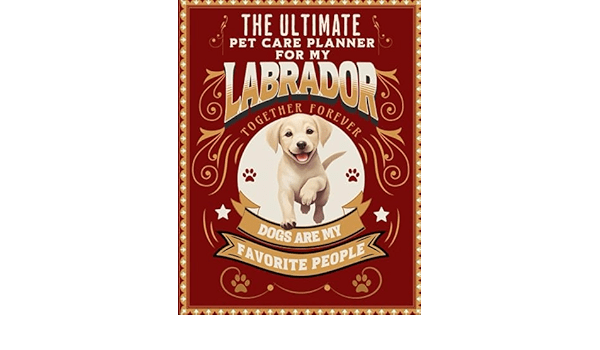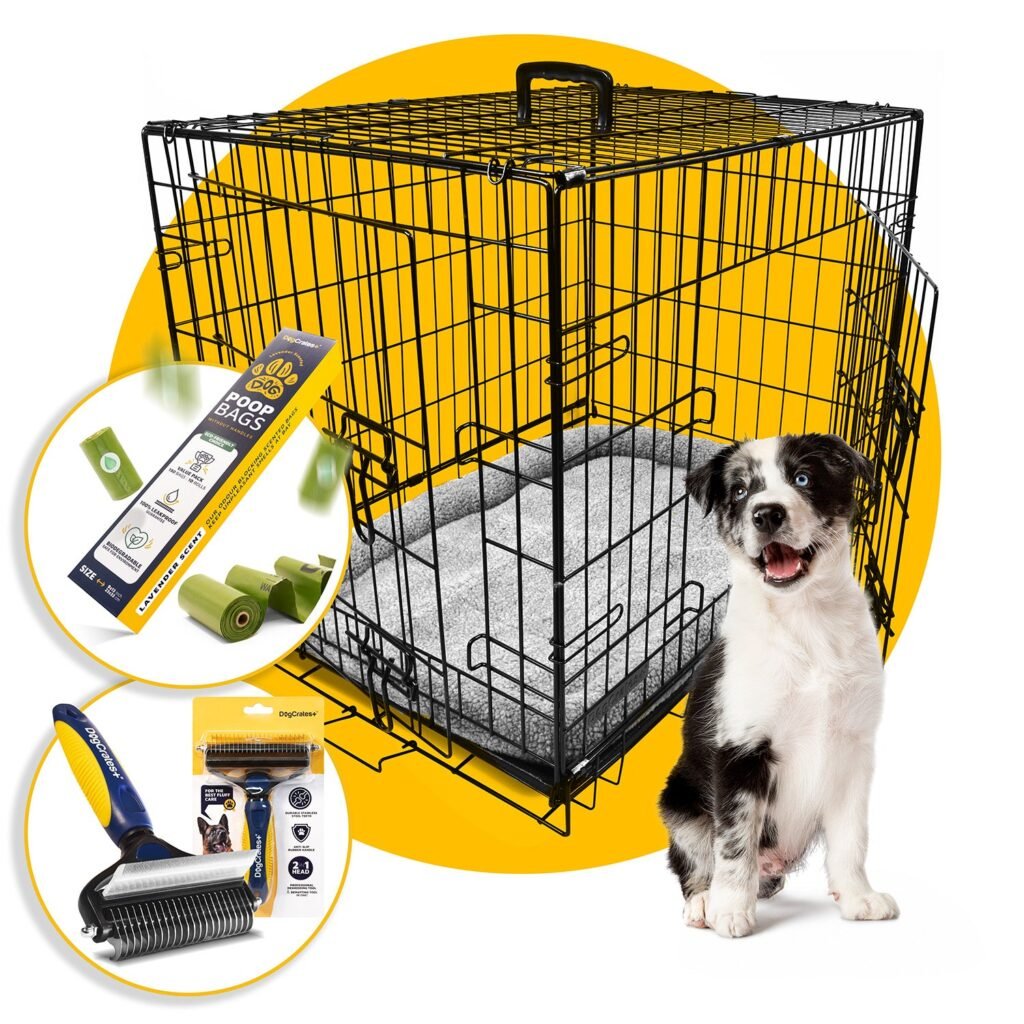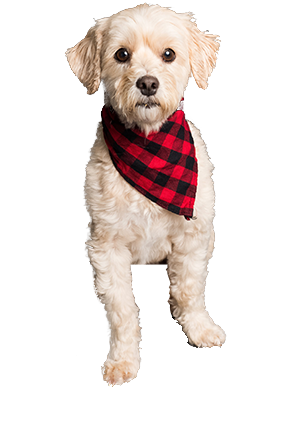Do you ever find yourself surrounded by swirling clouds of pet fur, wondering if you’re destined to become a human lint roller? Trust me, you are not alone. As a proud pet owner, I’ve spent countless hours battling the seemingly endless piles of fluff that my furry companion leaves in her wake. I adore my pets, but sometimes their fur feels like a second pet lurking in corners and clinging to every available surface. So, if you’re ready to reclaim your carpets, couches, and sanity, let’s chat about tackling the ever-present challenge of cleaning up pet fur.

This image is property of images.pexels.com.
Understanding Pet Fur
First, let’s get to know our fluffy adversary a little better. Pet fur isn’t just a nuisance—it’s an integral part of our beloved animals. Whether you’ve got a dog, cat, or some more exotic companion, fur serves essential purposes like providing insulation, protecting their skin, and even aiding in communication. Cats, for instance, have whiskers—an especially fine type of facial hair—that help them navigate in the dark.
Why Pets Shed
Shed happens. It’s a natural process, and understanding why can help manage expectations and frustration levels. Pets shed old and damaged hair to facilitate new growth. Dogs, for instance, often shed in response to seasonal changes—an event many of us fondly refer to as “the great fluff migration.” Cats, too, shed fur throughout the year, but with less seasonal variance. Some breeds are more notorious for shedding than others. Labrador Retrievers, for instance, are infamous for their abundant, year-round shedding, while Poodles, with their tightly curled coats, shed less frequently.
Is Shedding Related to Health?
While shedding is normal, excessive fur loss can sometimes signal health issues such as allergies or parasites. It’s crucial to monitor how much your pet sheds and consult a vet if you notice anything unusual. Consultanting your vet should be your go-to if you ever find yourself wondering whether what’s happening is typical.
Tools of the Trade: Cleaning Aids
Successful fur removal often boils down to having the right tools. Just like you wouldn’t use a mongoose to catch a mouse, you shouldn’t face a fur infestation without proper equipment.
Grooming Tools
Regular grooming with the right tools can drastically minimize shedding. Brushes, combs, and de-shedding tools all serve specific purposes.
Types of Grooming Tools:
| Tool Type | Description | Best For |
|---|---|---|
| Slicker Brushes | Fine, short wires close together, effective for removing tangles and loose fur | Most dogs and cats with deep coats |
| Rake Brushes | Designed to reach deep into the coat and remove undercoat hair | Thick-coated breeds |
| Bristle Brushes | Best for long, smooth coats | Short-haired dogs and cats |
| De-shedding Tools | Designed to remove loose hair effectively without damaging the coat | Most breeds, especially large dogs |
Vacuum Cleaners with HEPA Filters
Not all vacuums are pet-friendly. High-Efficiency Particulate Air (HEPA) filters can capture tiny allergens like pet dander and fur. You’ll want a vacuum that doesn’t balk at the challenge of pet fur; otherwise, all you’re doing is moving fur around rather than removing it.
Lint Rollers and Sticky Sheets
For those quick touch-ups before company arrives or when you just can’t face dragging out the vacuum, lint rollers or sticky sheets are godsend. They might not replace thorough cleaning, but they’re perfect for quick fixes.
Fabric Softener Sheets
Surprisingly, fabric softener sheets can do more than make your laundry smell delightful. Rubbing them on surfaces can loosen fur from upholstered furniture, making it easier to vacuum up. Just double-check that your pet isn’t allergic to any residue they might leave behind.

This image is property of images.pexels.com.
A Room-by-Room Fur-Cleaning Guide
Conquering pet fur is much like tackling any big project—it helps to break it down into smaller parts. Let’s go room by room, so you don’t end up feeling as if you’re waging a one-woman (or one-man) war against the fur menace.
Living Room
Your living room is probably your pet’s favorite hangout spot and the area most people focus on first since it’s a household centerpiece.
-
Couches and Chairs: Invest in pet-friendly, upholstered furniture that’s easy to clean. Vacuum fabric, and use furniture sprays that help repel fur. Regularly using washable slipcovers can also save a ton of effort.
-
Rugs and Carpets: Regularly rake your carpets with a carpet rake. The little rubber bristles grab fur that your ordinary vacuum misses—trust me, you’ll be amazed (and slightly horrified) at what gets pulled up.
-
Curtains and Blinds: Regularly vacuum or shake your curtains. If your blinds seem to cling to fur, wipe them down with a damp cloth or use those trusty fabric softener sheets.
Bedrooms
Don’t you wish your pet would consider where their fluff lands? Alas, the bedroom might be their second favorite spot!
-
Bedding: Use washable covers on beds and pet beds. Regularly wash your linens in hot water to kill allergens. If you don’t already have one, invest in an air purifier for your bedroom to help tackle airborne dander.
-
Floors: Wooden floors are definitely easier to clean than carpet, but don’t be fooled into thinking they’re fur-free. Sweep regularly using a mop or broom with a microfiber pad.
Kitchen
While most nooks and crannies manage to play host to pet fur, your kitchen is one area where you may pray fur doesn’t reside. Though it seems unlikely due to the surface material, fur sticks to kitchen surfaces with a fervor that matches your pet’s determination to beg at the dinner table.
-
Surfaces: As counterintuitive as it sounds, use a slightly dampened microfiber cloth to swipe down your surfaces. This attracts fur like a magnet.
-
Floors: Sweep and mop regularly. Use a steam cleaner once a month if you can swing it—it kills germs and tackles stubborn fur.
Bathrooms
Though not a pet’s hangout spot, the bathroom can still surprise you with the amount of fur it collects.
-
Towels: Always keep them in a sealed cabinet when not in use—or risk putting fur back on a recently groomed pet… and yourself, if you’re especially lucky.
-
Surfaces: Wipe down your sink and counters after your pet’s grooming routines. Fur tends to hang out in drains too, so regularly check and clean your plumbing.
Prevention: Keeping Fur at Bay
Wouldn’t it be nice if pets could have periods like humans—times when shedding just isn’t a thing? Short of magic, there are strategies you can implement to keep fur from getting out of hand.
Regular Grooming Sessions
Set a routine for brushing your pet. The more often you do it, the less fur you’ll have flying around your house. Plus, grooming is a great bonding activity for you and your fur buddy.
Diet and Hydration
Believe it or not, your pet’s diet directly impacts their coat health. High-quality food featuring omega-3 and omega-6 fatty acids supports coat health and minimizes shedding.
Air Quality
Implementing air purifiers in rooms your pet frequents doesn’t just make life easier for allergy sufferers—though that’s a huge plus—it also reduces the airborne fur and dander.
Create Designated Pet Spaces
Encourage or train your pet to stick to specific furniture pieces or areas of the house by making them appealing (think cozy blankets). This doesn’t just cut down on cleaning, but offers comfort and security for your pet. After all, who doesn’t love a soft, well-appointed corner to call their own?

This image is property of images.pexels.com.
The “Oops, Company’s Coming” Tactic
Let’s face it, we’re all a bit friendlier until people come knocking unexpectedly. Then it turns into a frenzy of vacuuming and frantic maneuvers to make your house appear less… furry.
Lint Roller Magic
When you’re time-crunched, never underestimate a good lint roller. Whether your sofa or your shirt’s the target, this sticky miracle goes a long way.
Quick Vacuum Sprint
Use your vacuum’s hand-held attachments to quickly hit high-traffic areas. Make a beeline for your pet’s favorite spots—they’re the great give-away.
If All Else Fails, Make a Joke About It
Humor defuses discomfort. If someone arrives and you haven’t managed to tame the fluff explosion, embrace your pet-centric life. After all, if people are worth inviting in, they’re worth letting them in on your fur challenges. And who knows? They might have some tips of their own.
Conclusion: Fur Be Gone!
Owning a pet means living with fur—it’s just in the job description. While there’s no secret weapon that will eradicate every last fiber, combining good habits, effective tools, and a touch of humor can make the difference between feeling overwhelmed and actually feeling okay about your furrified surroundings. Just remember, beneath every fluffy tumbleweed is a loyal and loving pet.
I’m curious—what are your favorite fur-fighting techniques? Do they involve a favorite vacuum, or maybe you and your pet have found a particularly effective grooming ritual? Share your stories and let’s help each other reclaim our spaces from the furry clutches of our beloved four-legged companions.





